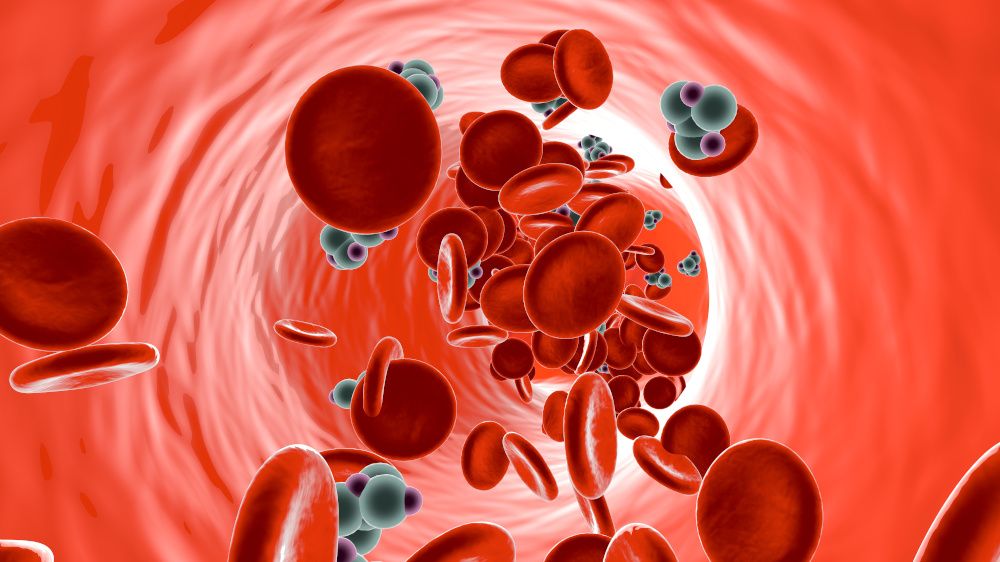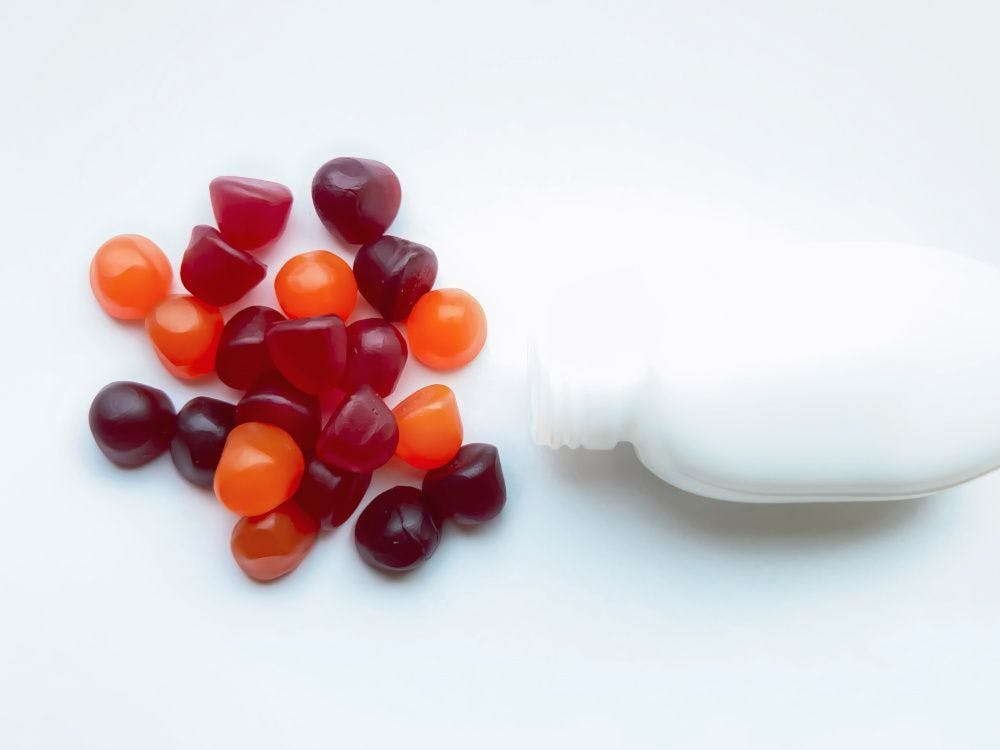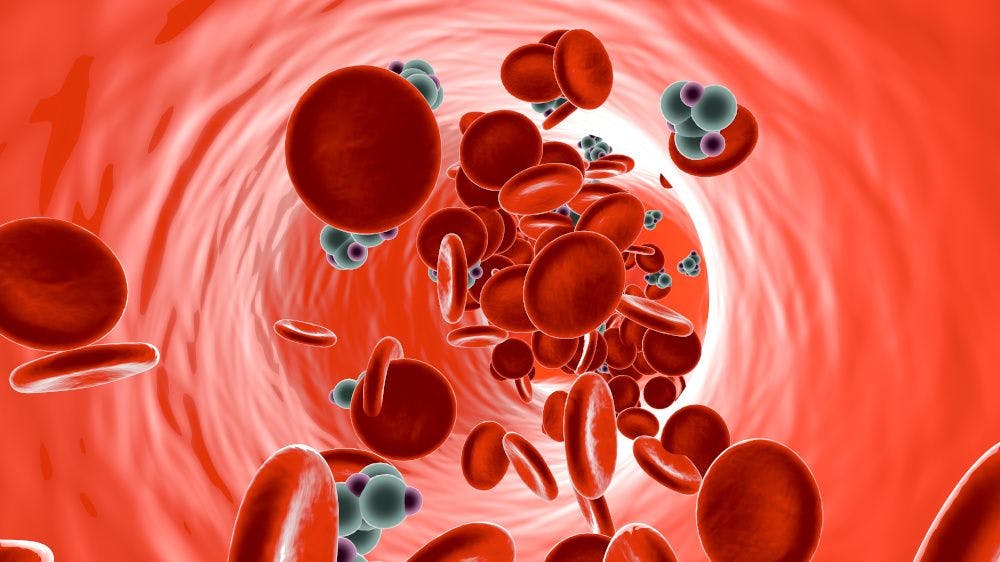Blood sugar: A multifaceted market with diverse ingredients
Examining trends in blood sugar–management formulations
Photo © AdobeStock.com/Spectral-Design

Blood sugar dietary supplement formulations rely on an array of ingredients. Ingredients may work in multiple ways, including as low-glycemic-index (low-GI) sweeteners, as insulin sensitivity boosters, or by replacing digestible carbohydrates with a non-digestible fiber alternative. Other ingredients, meanwhile, show an effect on blood sugar through the gut-brain axis and the nervous system. Ahead, we touch on just some of the focal points for blood sugar support these days.
Boosting Bioavailability
One blood sugar manager that has risen in prominence in recent years is also gaining from ingredient innovation. Matt Olesiak, MD, chief medical director at dietary supplements company SaneSolution (Spokane, WA), says that new innovations around butyrate are improving the ingredient’s performance in clinical trials.
“Butyrate is a postbiotic metabolite secreted by probiotics during intestinal fermentation of fiber,” Olesiak explains. “In clinical trials, butyrate was observed to improve insulin sensitivity, potentially helping to maintain healthy blood sugar levels.”
Butyrate’s lack of bioavailability, however, has tended to hamper its potential as a blood sugar–support ingredient. Olesiak says butyrate is an unstable molecule that often dissolves before reaching the lower colon. Companies like his are innovating to develop more bioavailable butyrate ingredients. For instance, SaneSolution introduced a new, patented form of butyrate that it says is more bioavailable. Olesiak explains, “To overcome this problem, scientists added a glycerol molecule to three butyrate molecules to create tributyrate. Tributyrate efficiently delivers butyrate directly to the lower colon…” The ingredient is used in the company’s Viscera-3 supplement.
Low-GI Carbs
Low-GI carbohydrates continue to see significant opportunity in the blood sugar space. Carbs are the single largest source of calories for most Americans, accounting for 50.5% of the average American’s total caloric intake in 2016.1 While high-quality complex carbs contain important nutrients that promote heart and gut health, most Americans consume four times more simple carbs than complex carbs. Both industry and public health experts are taking notice.
Anke Sentko, vice president of regulatory affairs and nutrition communication for ingredient supplier Beneo (Parsippany, NJ), says there is now broad scientific consensus that traditional carbohydrates should be replaced by low-GI alternatives.
“The relevance of a lower-GI diet is gaining traction among public health experts and consumers alike,” Sentko says. “Consumers and health authorities have increasingly demonized sugar over the years, but it’s important to look at the quality of carbohydrates we consume. By providing a slow release of glucose to the body, low-GI alternative sugars”—like Beneo’s isomaltulose ingredient, Palatinose—“fuel the body in a balanced way.”
Dietary Fibers
Consumers may be aware of the health risks associated with excessive sugar intake, but they are often reluctant to forego sweetened products altogether. Data gathered by the International Food Information Council (Washington, DC) show that while 74% of Americans are trying to avoid sugars, taste is still the number-one determinant of food and drink purchases.2 That’s why healthier sweetening agents like dietary fibers are gaining popularity in a variety of formulations.
Sentko says dietary fibers like inulin and oligofructose, such as her company’s Orafti-brand ingredients, serve as low-GI alternatives to sugar. These fibers taste mildly sweet, making them appropriate for formulation in baked goods, chocolate, and beverages—but relative to traditional sugars, these dietary fibers result in a slower, smaller increase in blood sugar levels following consumption.
Sentko explains that “inulin and oligofructose effectively reduce the glycemic response of foods by replacing sugar or other high-GI carbohydrates. They can be easily incorporated into everyday food products, which enables consumers to follow a healthier diet without making major changes to their eating habits.”
Focus Forward
The relationship between poor glucose control and long-term disease and disability is a driving factor that will create strong demand in the blood sugar control market. Poor glucose control has been linked to blood vessel damage in the kidneys, eyes, heart, brain, nerves, and legs.3 As consumers become more health-conscious in general and more aware of the health risks of uncontrolled blood sugar, they will seek out ingredients that support healthy blood sugar levels and promote overall health.
Annie Eng, CEO of HP Ingredients (Bradenton, FL), which offers CitruSlim, a blend of the company’s Bergamonte-brand Citrus bergamia Risso and LJ100 tongkat ali ingredients, says that as COVID-19 quarantine restrictions are lifted and more consumers seek to get active, improve their diets, and lose the “Quarantine 15,” this push toward healthier living may create opportunities for blood sugar ingredients.
“The blood sugar–support market seems to be gaining traction and should only grow as recovery from the pandemic sets in,” she says. “Quarantining, and the physical limitations that restrictions had set in for months, have led a very high number of people to become more sedentary and to eat more comfort foods.”
The blood sugar ingredients market is well positioned for both product innovation and sales growth. With 43% of Americans either diabetic or prediabetic4, and 44% of Americans reporting a high awareness of their dietary sugar intake5, there is a clear need and demand for blood sugar–support ingredients of various types. Ingredient blends are also gaining popularity, with synergistic blends continuing to gain attention, including combinations of fructooligosaccharides and chromium, thymoquinone and omega-3 oil, and even different types of polyphenols. Given the growing consumer awareness around healthy habits, expect more opportunities for a diverse array of formulations in this arena.
References
- Shan Z et al. “Trends in dietary carbohydrate, protein, and fat intake and diet quality among US adults, 1999-2016.” Journal of the American Medical Association, vol. 322, no. 12 (September 2019): 1178-1187
- Meyer M. “COVID-19 Pandemic Transforms the Way We Shop, Eat and Think about Food, According to IFIC’s 2020 Food & Health Survey.” International Food Information Council website. Published online June 10, 2020. Accessed here. https://www.foodinsight.org/wp-content/uploads/2020/06/2020-Food-and-Health-Survey-.pdf
- Department of Health & Human Services, State Government of Victoria, Australia. “Diabetes – Long-Term Effects.” Accessed here. https://www.betterhealth.vic.gov.au/health/ConditionsAndTreatments/diabetes-long-term-effects
- Centers for Disease Control and Prevention. “National Diabetes Statistics Report, 2020.” Published online February 11, 2020. Accessed here. https://www.cdc.gov/diabetes/library/features/diabetes-stat-report.html
- FMCG Gurus. “Global & Regional – Active Nutrition Study – Q3 2019.” Published online September 2019. Accessed here. https://fmcggurus.com/category-insight-report/active-nutrition/

Prinova acquires Aplinova to further increase its footprint in Latin America
April 7th 2025Prinova has recently announced the acquisition of Brazilian ingredients distributor Aplinova, which is a provider of specialty ingredients for a range of market segments that include food, beverage, supplements, and personal care.

























